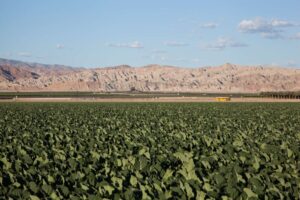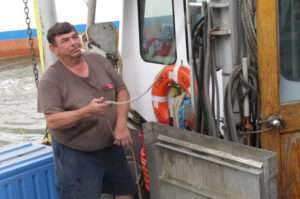
Coachella Valley Farm Workers
I had been working on making photos about farm workers very slowly over the years and in 2015 l received a Fellowship from The Alicia Patterson Foundation which allowed me to dedicate the time, focus and thought to the work that it deserved.


